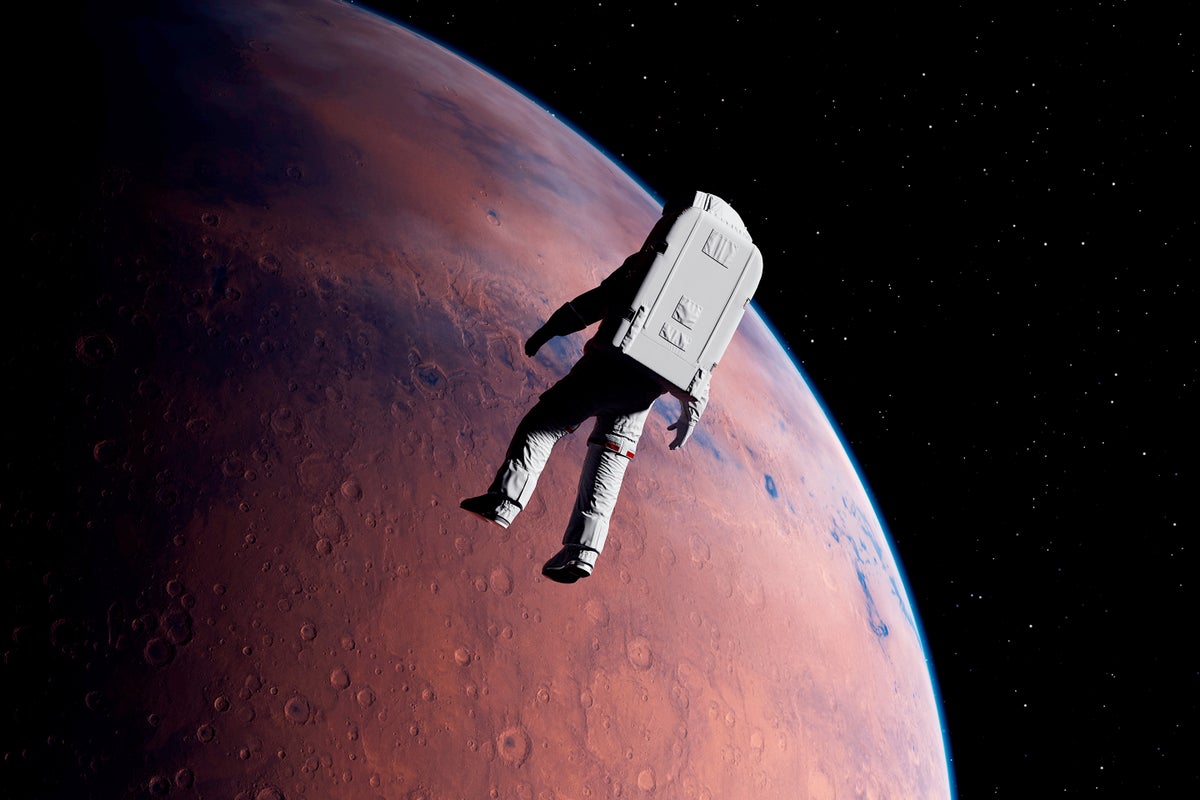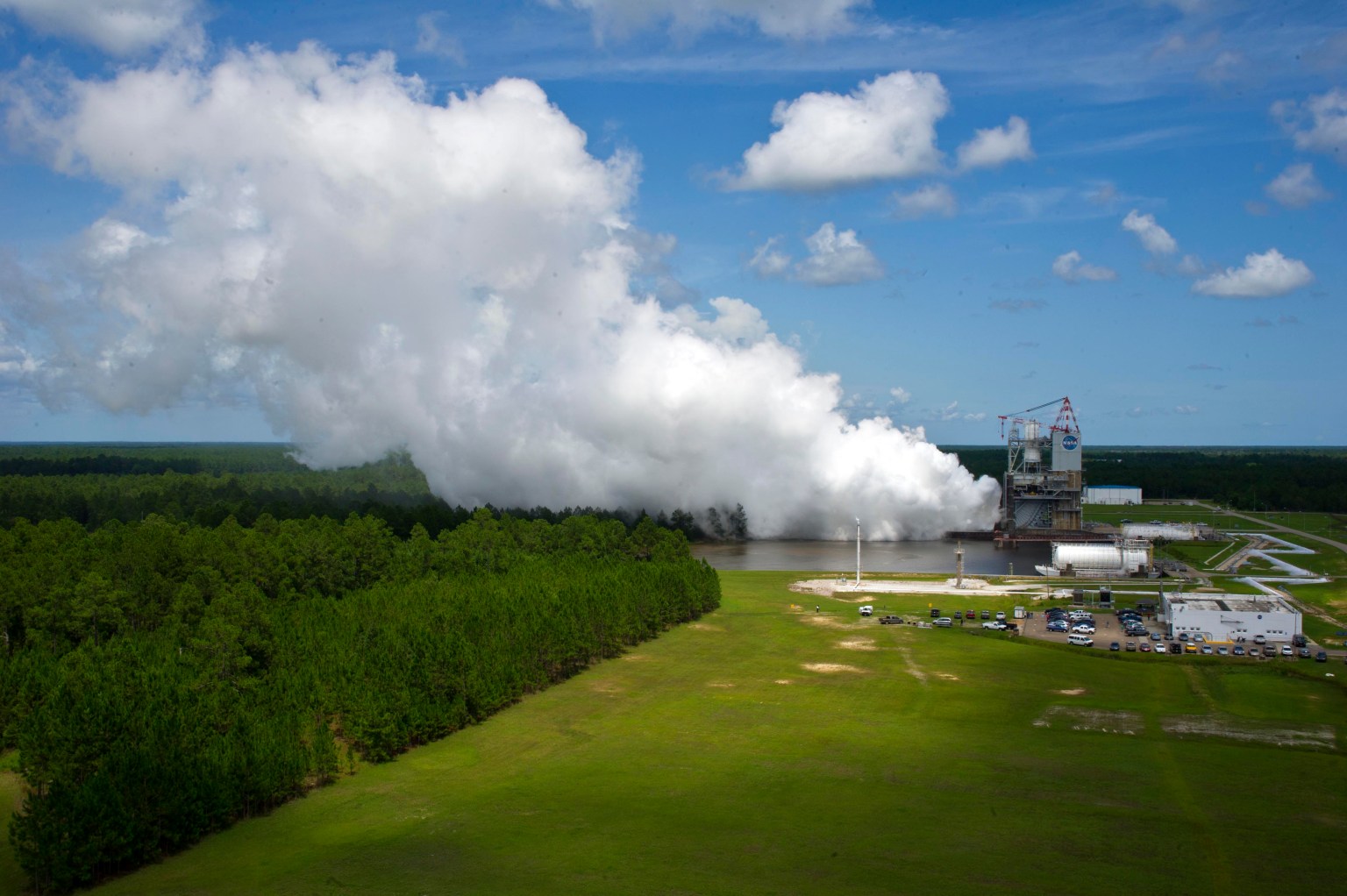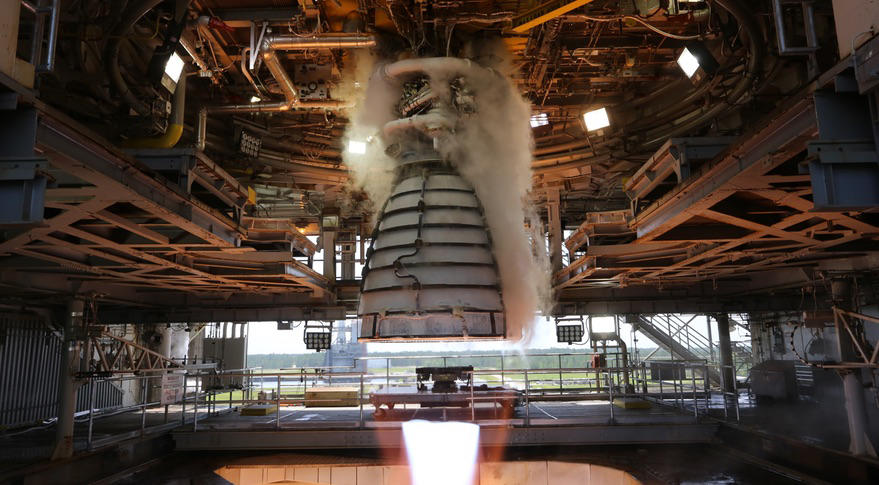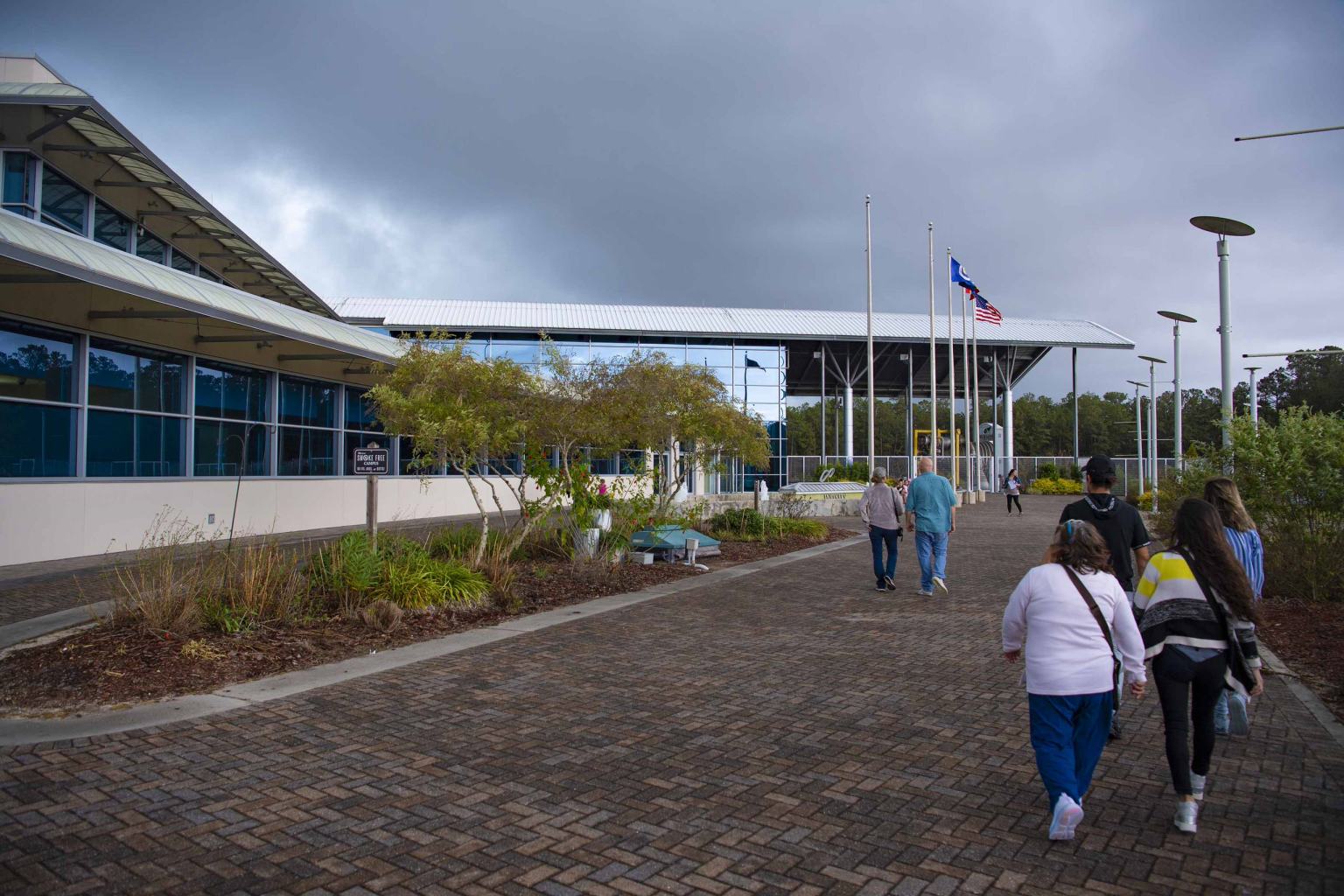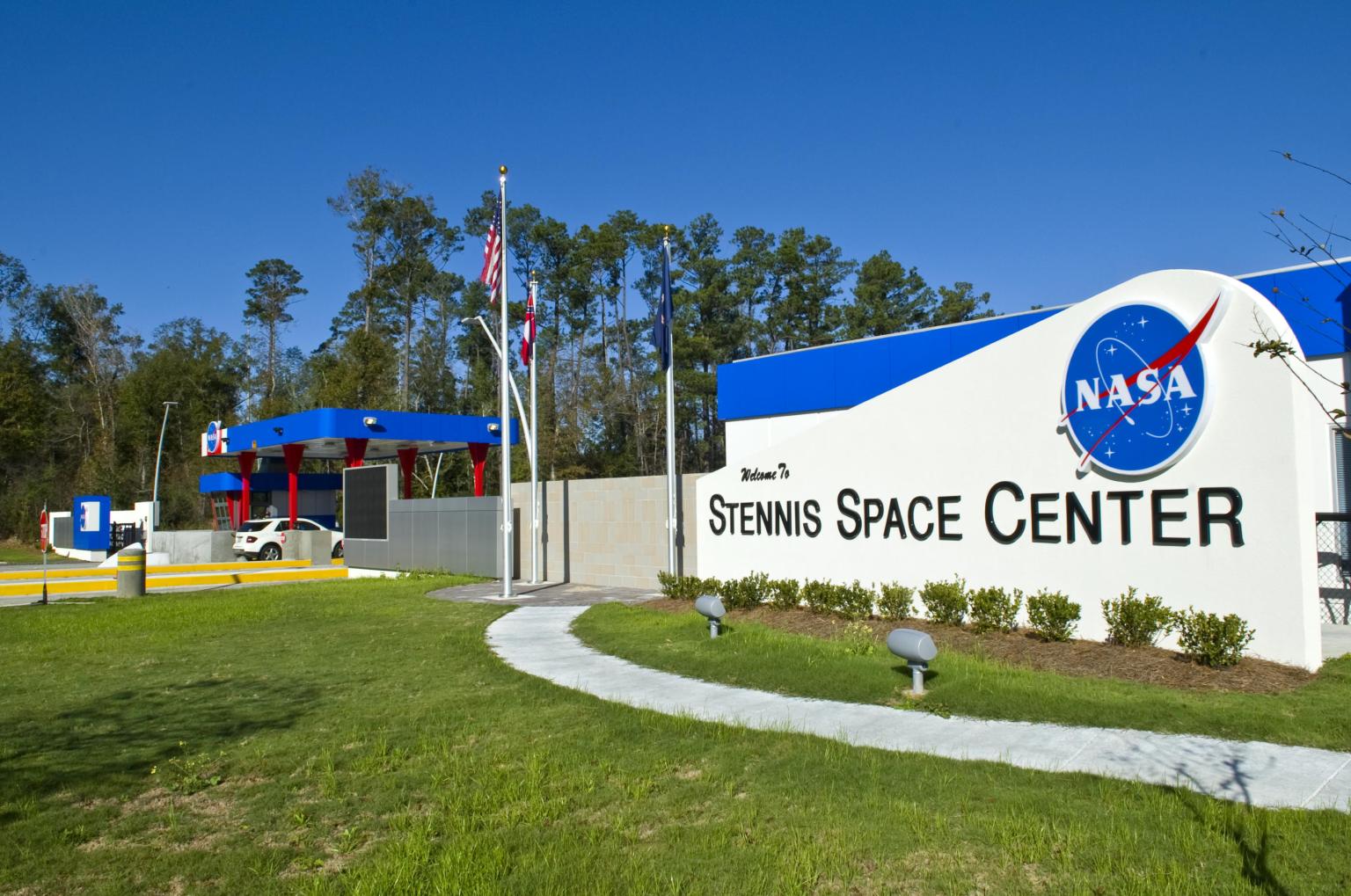NASA Stennis Compiles Framework for the Future to Guide Center Forward
NASA’s Stennis Space Center began with a single mission – to test Apollo rocket stages to carry humans to the Moon. Moving forward, the site has a renewed vision – to evolve as a unique, multifaceted aerospace and technology hub. It also has a clear blueprint for getting there. The NASA Stennis Strategic Plan 2024-2028, […]
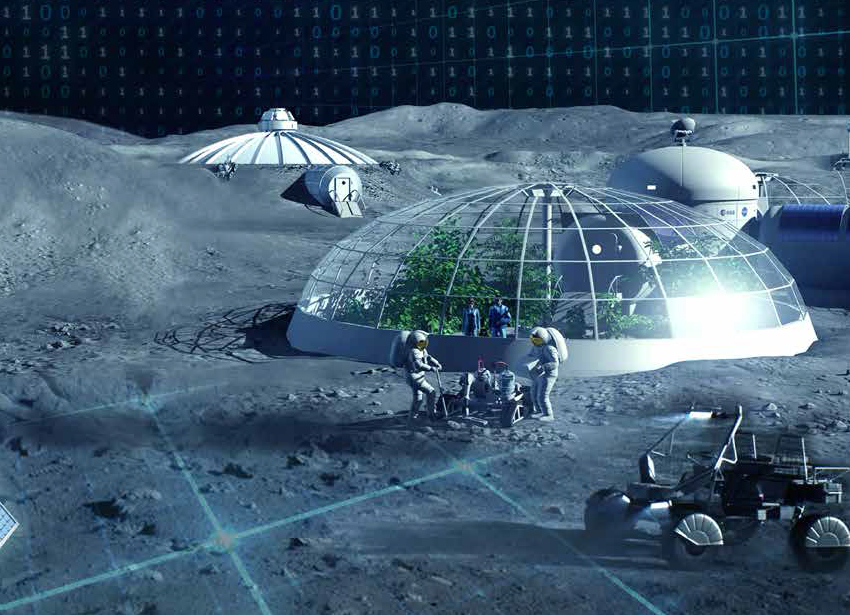
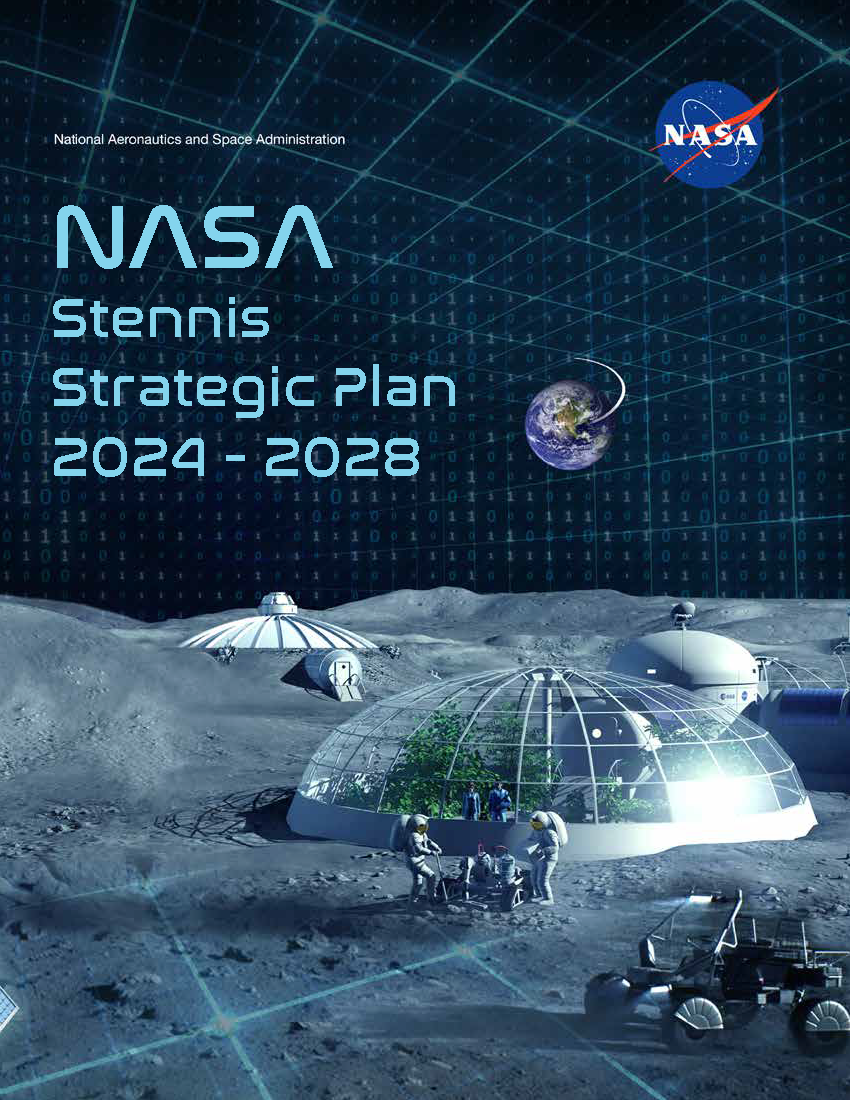
NASA’s Stennis Space Center began with a single mission – to test Apollo rocket stages to carry humans to the Moon. Moving forward, the site has a renewed vision – to evolve as a unique, multifaceted aerospace and technology hub.
It also has a clear blueprint for getting there.
The NASA Stennis Strategic Plan 2024-2028, available online at nasa-stennis-strategic-plan-2024-2028.pdf, outlines goals and objectives in five critical areas – propulsion, the federal city, autonomous systems, range operations, and workforce development. For the center, the overarching focus is to align itself with the NASA mission, adapt to the changing aerospace and technology landscape, and grow into the future.
“A famous quote I really like says, ‘The best way to predict the future is to create it,’” NASA Stennis Center Director Rick Gilbrech said. “We are committed to doing just that by embracing the possibilities and seizing the opportunities before us. We want to ensure the road to space, and innovation continues to go through Mississippi for the benefit of all.”
Much has changed in the aerospace and technology world since NASA and NASA Stennis were established more than 60 years ago. Thanks in large part to NASA’s involvement, commercial space has flourished and continues to grow. Technology moves at a breakneck speed.
NASA Stennis has mirrored the nation’s space program, testing engines and propulsion systems for all three U.S. human space exploration eras – Apollo, space shuttle, and now, SLS (Space Launch System). Along the way, the site also grew into a federal city with about 40 resident companies, agencies, and entities on site. More recently, it emerged as a leader in working with commercial aerospace companies, both large and small.
It now seeks to take the next step by building on past success, using its skilled workforce and unique infrastructure and location to attract new tenants onsite, and expanding into such areas as autonomous systems and range operations.
“We have the chance to invent the future of NASA Stennis, and we have to be very strategic about it,” said Duane Armstrong, manager of the NASA Stennis Strategic Business Development Office. “The new plan is our guide to help make sure we are aligning ourselves with the NASA mission and the needs of our commercial partners.”
Key goals in the plan include: (1) transforming into a multi-user propulsion test enterprise; (2) growing as a sustainable and long-term federal city; (3) designing intelligent and autonomous aerospace systems and services; (4) utilizing its unique range location and infrastructure to support the testing and operation of uncrewed air, land, and marine systems; and (5) cultivating and optimizing the NASA Stennis workforce for the future.
“There is a lot of change likely in the years ahead, and we have to rethink our role and how we can continue to provide value,” Armstrong said. “This plan will serve as a framework to guide our actions and decisions.”
In six decades, NASA Stennis has grown into a powerful economic engine while also meeting challenges head-on and negotiating change. The challenge – and opportunity – now, Armstrong said, is to adapt to an evolving aerospace and technology landscape, connect people to purpose, and open a world of new possibilities.
C. Lacy Thompson
Stennis Space Center, Bay St. Louis, Mississippi
228-363-5499
calvin.l.thompson@nasa.gov
What's Your Reaction?



















